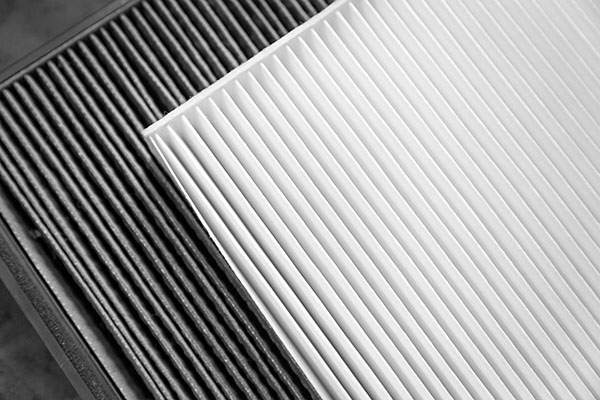
If we imagine trees being the lungs of a forest, we can look at air filters like the engine's lungs. When your engine needs air, it goes through the filters and gets decontaminated, making it valid for consumption. But what are they made from, and is their function really that simple? While they look simple, they most certainly aren't - if you want to learn more about this, make sure you continue reading!
What Are Air Filters Made From?
Air filters are typically composed of various materials that work together to trap and remove airborne particles. The primary filter media can be made from synthetic fibers, fiberglass, cotton, or pleated paper. These materials are selected for their high filtration efficiency and ability to capture microscopic particles. Additionally, air filters may include supporting structures such as frames made of cardboard, metal, or plastic to provide stability and durability.
How Do They Filter Air?
The air filtration process primarily relies on the principle of mechanical filtration. As air passes through the filter, particles are captured by the filter media due to several mechanisms, including impaction, interception, and diffusion. Larger particles collide with the fibers and are trapped through impaction. Smaller particles follow the air streamlines and are intercepted by the filter fibers. Lastly, very fine particles are captured through diffusion, as they move in a zigzag pattern, increasing the likelihood of contact with the filter fibers.
Electrostatic Attraction
Some air filters also employ an electrostatic charge to enhance filtration efficiency. Electrostatically charged filters attract particles through electrostatic attraction, further improving their capture efficiency. This is particularly effective for capturing smaller particles such as dust, pollen, and smoke.
Filter Ratings
Air filters are assigned ratings based on their efficiency in removing particles of various sizes. The most common rating system is the Minimum Efficiency Reporting Value (MERV), which ranges from 1 to 20. The higher the MERV rating, the greater the filter's ability to capture smaller particles. Higher MERV ratings are typically recommended for environments with higher particle concentrations, such as hospitals or industrial settings.
Maintenance and Replacement
To ensure optimal air filtration, regular maintenance and filter replacement are essential. Over time, air filters become clogged with captured particles, reducing their effectiveness and impeding airflow. It is recommended to follow manufacturer guidelines for filter maintenance and replacement intervals. Regularly inspecting and replacing filters helps maintain clean air quality and ensures the proper functioning of heating, ventilation, and air conditioning (HVAC) systems.
If your air filters need changing, make sure to stop by Complete Automotive Repair Specialists, so our team of mechanics can help out!